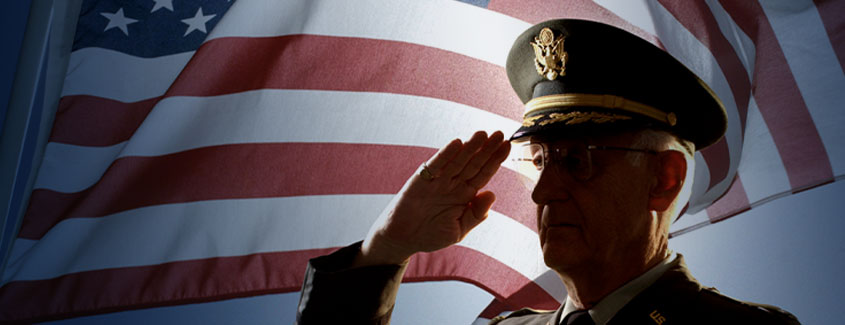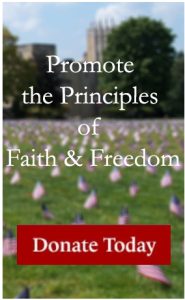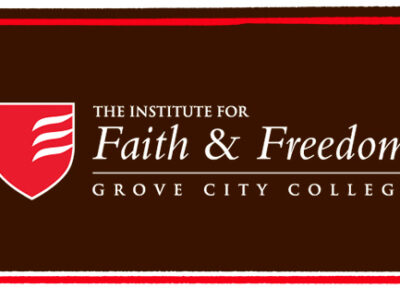
“And we know that to them who love God all things work together for good to them that are called according to his purpose.”
Romans 8:28
Next month I turn 75. The ubiquitous “they” tell me I’m on a COVID-19 “endangered species” list. Fifty years from October, with my 25th birthday behind me, I boarded a plane in Miami and headed for the other side of the world. I really was not in much danger and I had volunteered specifically for a tour at Udorn Royal Thai Air Force Base, Thailand. On my volunteer form I wrote it was because of “my life-long fascination with northern Thai history.” In truth, I was following a second lieutenant I met the first day of training at the Air Force Air Intelligence Officer’s Training School. She had gone to Udorn in July. We married on October 20, 1970 in a Thai civil ceremony. Mission accomplished.
 In 1966, as a college sophomore, I signed up for advanced Air Force ROTC because it carried a draft exemption. Prior to my entre into higher education, I had crammed my first 12 years of schooling into 13, so I was at 21 too old to be a college sophomore. I was, however, draft bait. I made a deal of giving six years to the Air Force (counting two as a cadet while still in college) in exchange for not having to worry about being drafted.
In 1966, as a college sophomore, I signed up for advanced Air Force ROTC because it carried a draft exemption. Prior to my entre into higher education, I had crammed my first 12 years of schooling into 13, so I was at 21 too old to be a college sophomore. I was, however, draft bait. I made a deal of giving six years to the Air Force (counting two as a cadet while still in college) in exchange for not having to worry about being drafted.
In retrospect, I learned a lot from the 21 years I spent in uniform. While my volunteering for service at Udorn was a gambit of the heart, as fate had it my assignment was to Headquarters 7/13 Air Force, a small detachment run by a major general. It focused on the top-secret air war in Laos, especially northern Laos. Accordingly, I pulled myself out of bed at 11:30 every night, bid farewell to my wife, and wandered a few hundred feet from our air-conditioned quarters to the intel shop. There I organized, wrote, and then at 0800 the next morning presented a briefing to the commanding general.
My epiphany occurred in March 1971 when I was briefing our general and a visiting Air Force lieutenant general on Operation Lam Son 719, an ill-fated South Vietnamese army invasion of Laos to cut the Ho Chi Minh Trail. The morning that I gave that briefing, the operation had turned into a rout by two to three divisions of North Vietnamese infantry backed by tanks. Scores of U.S. Army helicopters were being blown out of the sky while trying to retrieve as many South Vietnamese soldiers as possible. Half the 15,000-man South Vietnamese force was killed or captured. That morning, I also noted we had lost two Air Force F-4 fighter planes just hours before, the two-man crews in each plane almost certainly killed or captured.
Solemnity settled over the room. A large operation essential to President Richard Nixon’s Vietnamization policy was crumbling. The lieutenant general shared his take. “Gentlemen, this does not look good. It also doesn’t really matter.” He paused. “How this war in Vietnam turns out is not important. What really matters is how the Air Force looks after the war in relation to the Army and the Navy.” It was a stunning statement. I had just given a briefing noting that four men (two pilots and their two back-seater navigators) had been lost. But what really mattered was the future of the Air Force’s budget.
The Air Force and the Navy raised their admission standards for officers and enlisted men during the Vietnam war due to a surge in college-educated volunteers dodging the draft. The Army, and for a brief period the Marines, lowered their standards. The cascading effect of the draft also affected higher education, especially graduate schools. Both had expanded greatly to accommodate the Baby Boom generation. In 1968, the Selective Service rescinded many graduate deferments in the social sciences. To retain newly hired faculty, graduate programs lowered standards. For instance, a master’s degree in history had formally required one foreign language with the doctorate demanding two. Language requirements for the M.A. were dropped and reduced to one for the Ph.D. Much of what happened in higher education over the past 50 years can be explained by the cascading effects of the draft.
I write this not because I’m on the endangered species list as a mid-septuagenarian trying to ready my soul for eternity. Christ took care of that. I write because serving my tour also shaped my life. While I stayed in the Air Force, I was loaded with cynicism. By 1975, I was in Washington on a team writing the official history of U.S. Air Force operations in Vietnam. I used that opportunity to get a Ph.D. in history at George Washington University. Subsequently I published three books critical of the air war. While I used the system, I also exercised my responsibility as a citizen by serving in the military. I also studied the how and why to teach future generations.
At 75, I can say, all things do work together for the good of those who are called according to His will.


